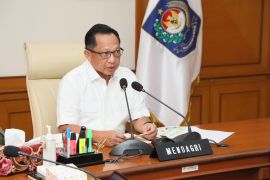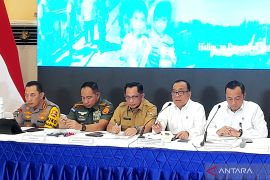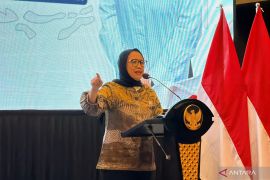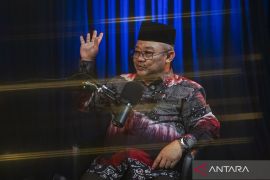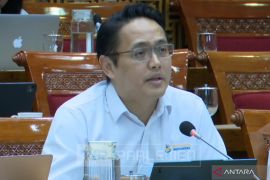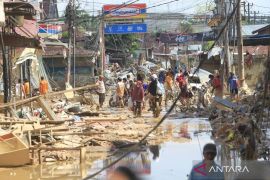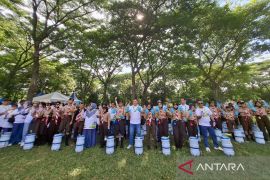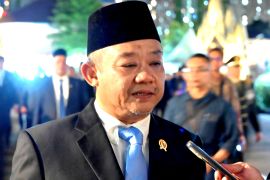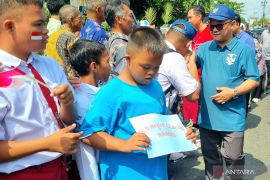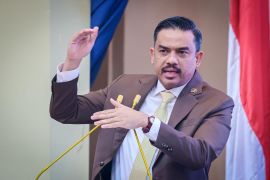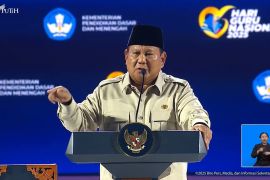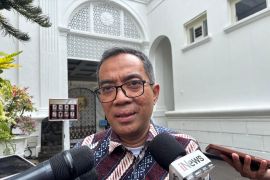The four students are Tomi Setiawan, Wahyu Yudhi Subekti, Siti Sumadyah Nuradyah, and Khusnul Ilmiah.
"Coffee shell has a dual function; first, it can be used as a natural dye in the form of anthocyanin; and second, it can function as counter electrode in the form of activated carbon," research team leader Tomi Setiawan said here on Friday.
As Malang District has a large area of coffee potentials, coffee shell waste is found in abundance to make DSSC, he said.
"That potentials encourage us to research the benefits of coffee shell for Dye-Sensitized Solar Cell (DSSC) system," he said, adding that solar cells are a device capable of converting solar light into electrical energy using the principles of photovoltaic.
In the era of green technology and energy crisis, solar cells are developed with the latest innovations.
Under the guidance of their lecturer Siti Mariyah Ulfa, the four students conducted a study entitled "the Use of Robusta Coffee Shell Waste as a Natural Dye and Counter Electrode on Dye-Sensitized Solar Cell Fabrication (DSSC) for Alternative Green Energy".
It took for about two months to conduct the research at Organic Chemistry Laboratory of Brawijaya University.
Furthermore, Tomi explained that the outline of solar cell manufacturing process is started with extracting anthocyanin, manufacturing counter electrode and finally fabricating DSSC prototype.
"We found no obstacles during the research. The research was fully supported by the faculty and university," he said, adding that the research has produced a prototype of DSSC.(*)
Editor: Heru Purwanto
Copyright © ANTARA 2017
